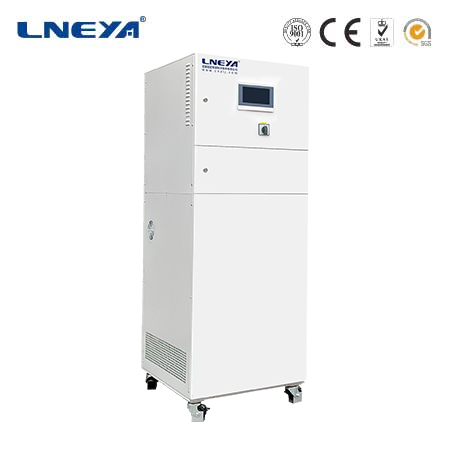industrial heat transfer
Introduction to Industrial Heat Transfer
Industrial heat transfer is a vital component in the field of engineering, playing a significant role in the efficiency and performance of numerous systems and processes. It involves the transfer of thermal energy from one system to another, which is essential for maintaining optimal operating conditions in various industries.

Principles of Industrial Heat Transfer
Heat transfer in industry occurs through three primary mechanisms: conduction, convection, and radiation.
Conduction: This is the transfer of heat through a solid material without any movement of the material itself. It occurs due to the vibration and movement of atoms and molecules within the material.
Convection: This involves the transfer of heat by the physical movement of a fluid (liquid or gas). It involves the bulk movement of the fluid, which carries thermal energy from one location to another.
Radiation: This is the transfer of heat through electromagnetic waves, without the need for a physical medium. All objects emit thermal radiation based on their temperature.

Understanding these mechanisms is crucial for engineers to design systems that efficiently manage thermal energy, whether it’s for heating, cooling, or maintaining temperature stability.
Applications of Industrial Heat Transfer
Industrial heat transfer has a wide range of applications across various sectors:
Electronic Devices: As devices become smaller and more powerful, heat transfer becomes a primary concern. Engineers employ heat sinks, fans, and advanced cooling solutions to dissipate heat effectively and ensure device reliability.
Aerospace Engineering: Spacecraft thermal control and aircraft design require efficient heat transfer and cooling systems to ensure engine performance and passenger safety.
Renewable Energy: Photovoltaic solar panels and wind turbines rely on efficient heat transfer to convert sunlight and kinetic energy into electricity.
Environmental Control Systems: In wastewater treatment and air pollution control systems, heat transfer processes are used to separate and treat contaminants. Efficient heat exchangers are integral to these processes.

Optimizing Industrial Heat Transfer Systems
Designing for efficient heat transfer in engineering systems involves a range of strategies and techniques:
Heat Exchangers: Engineers carefully design these systems to maximize surface area contact between fluids, ensuring efficient heat transfer.
Insulation: Thermal insulation materials are used to reduce heat transfer to the surroundings, increasing energy efficiency.
Material Selection: Engineers select materials with high thermal conductivity for conduction and high emissivity for radiation, enhancing heat transfer.
Fluid Dynamics: Understanding fluid dynamics is crucial for managing convection and ensuring efficient heat transfer.
Topology Optimization in Heat Transfer Systems
Topology optimization (TO) is a numerical technique for designing optimal engineering designs in many industrial applications. It is expected to become an essential tool for technologies such as additive manufacturing or metal 3D printing. TO can be applied in numerous multiphysics applications like structural analysis, fluid flows, heat conduction, and conjugate heat transfer, offering a significant advantage over traditional size and shape optimization methods.
Environmental Impact of Industrial Heat Transfer
The environmental impact of industrial heat transfer is also a consideration, with a focus on using eco-friendly refrigerants in chillers and other systems to prevent ozone depletion and reduce environmental harm.
Conclusion
Industrial heat transfer is a complex and multifaceted field that is essential for the efficiency and performance of various engineering systems. By understanding the principles of heat transfer and employing strategies to optimize these processes, engineers can design systems that are not only efficient but also environmentally responsible. As technology advances, techniques such as topology optimization offer new ways to enhance the design of heat transfer systems, pushing the boundaries of what is possible in industrial applications.
Related recommendations
heat source system
166Heat Source System: Types, Operations, and ApplicationsHeat source systems are the backbone of thermal energy supply, playing a vital role in numerous aspects of modern life. Whether it's keeping...
View detailsdifference between chiller and cooler
189Definition and Core PurposeChiller: A chiller is a complex refrigeration system designed to generate chilled water or another coolant, which is then circulated to absorb heat from large spaces, i...
View detailsprocess heater manufacturers
377Process Heater Manufacturers Process heaters are essential equipment in many industrial sectors as they are used to heat fluids, gases, or other materials to specific temperatures required for ...
View detailsindustrial chiller machine
183Types of Industrial Chiller MachinesIndustrial chillers are classified based on their cooling method, compressor type, and intended application, each offering unique advantages for specific indus...
View details
 LNEYA Thermal Test Chillers
LNEYA Thermal Test Chillers






HelloPlease log in